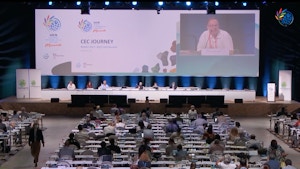The coronavirus pandemic has brought cleaner air to polluted cities, as the economic slowdown has curbed emissions from factories and traffic, and the international media has reported breathily about blue skies seen in South Asian cities for the first time in a generation.
But the air pollution picture is more complicated than that. In some places, such as Jakarta, one of the world’s smoggiest cities, air pollution has deteriorated in parts of the Indonesian capital during the pandemic, according to a study by Vital Strategies, a public health civic society group.
And as the world has slowly opened up as movement restrictions have eased, bad air has returned to Asia’s most congested cities. In parts of China it is worst now than before the pandemic, and in India, air pollution is worsening as the winter months approach, leading to fears that smog will make people more susceptible to the virus.
So how exactly is the pandemic affecting air pollution, and what does the virus tell us about where pollution comes from? And why does air pollution — a problem that kills 7 times more people a year than have died so far from Covid-19 — only get anyone’s attention when it’s really bad?

Dr Vivian Pun, air pollution epidemiologist, Vital Strategies
Joining the Eco-Business podcast is Dr Vivian Pun, an air pollution epidemiologist with Vital Strategies whose work assesses the risks of air pollution for public health. Her organisation recently unveiled a partnership with the city of Jakarta to clean the air through science, communication and policy solutions.
Tune in as we talk about:
- Covid-19; a natural air quality experiment
- Does air pollution make it easier to catch Covid-19?
- What to wear to protect against Covid-19?
- Who’s really to blame for Jakarta’s bad air?
- Why air pollution doesn’t make headlines
- The future of air quality in Asia























